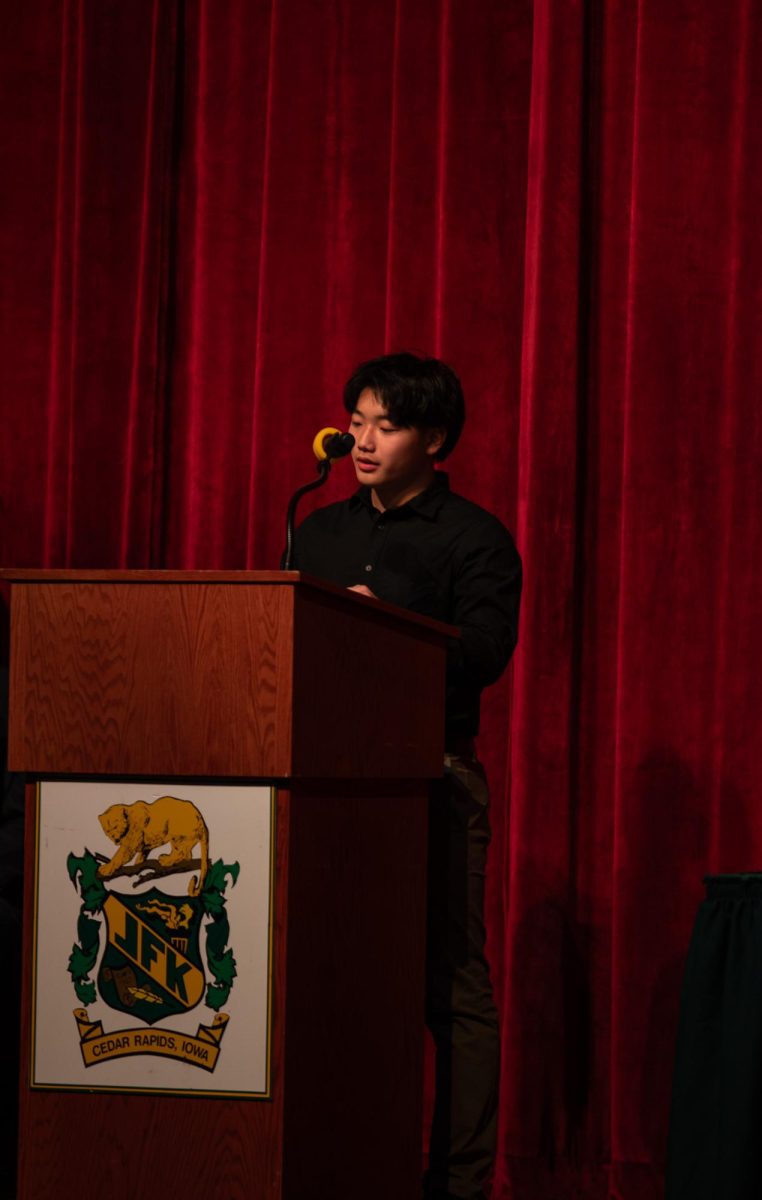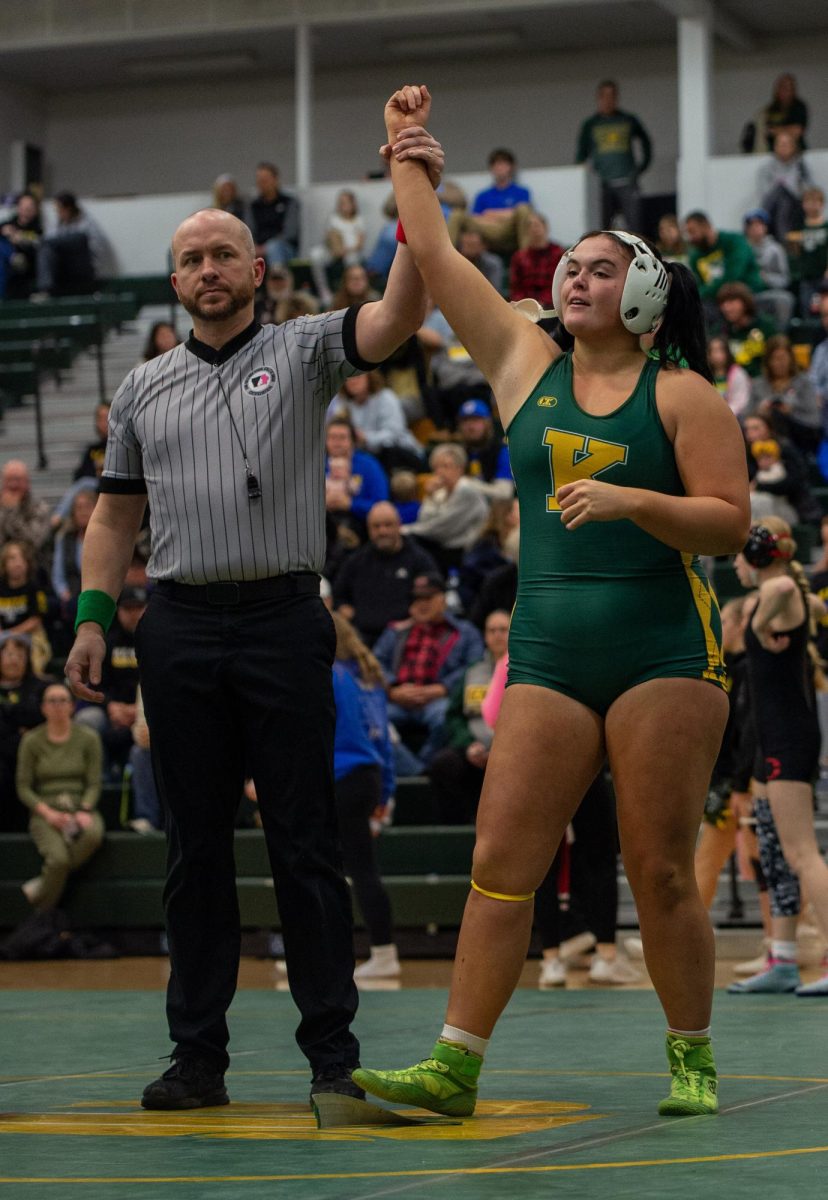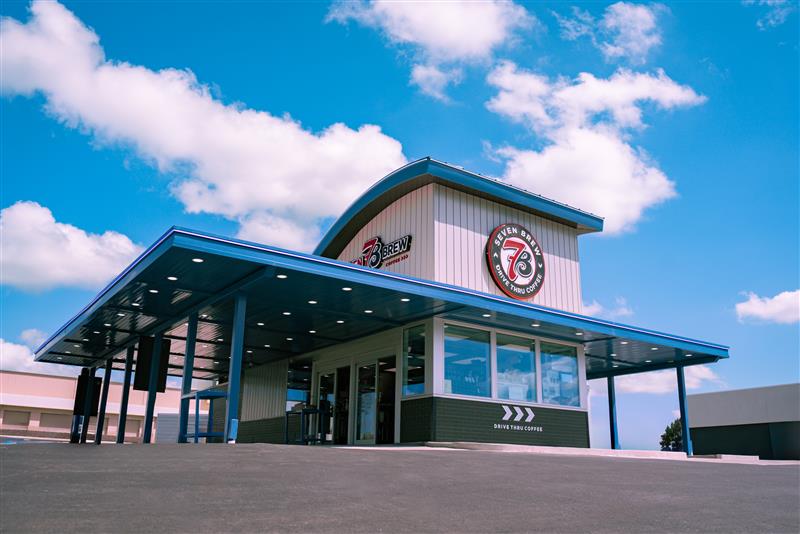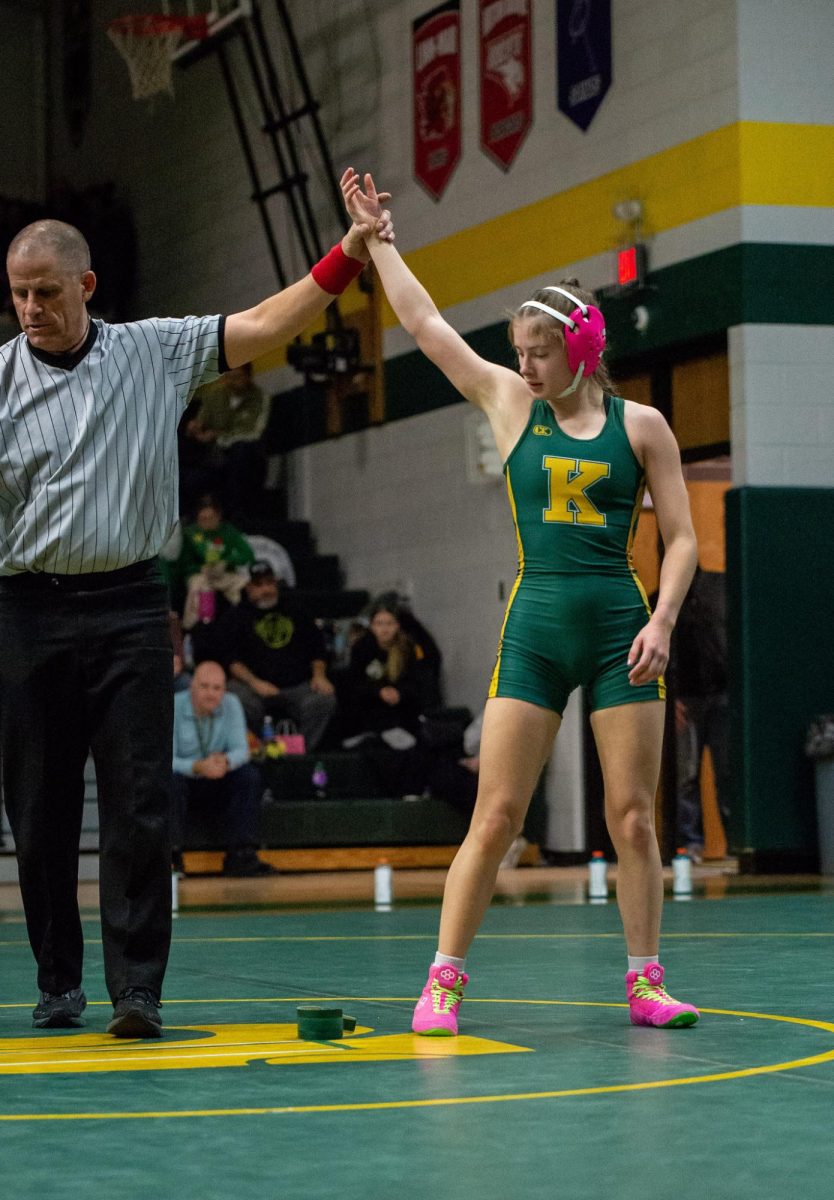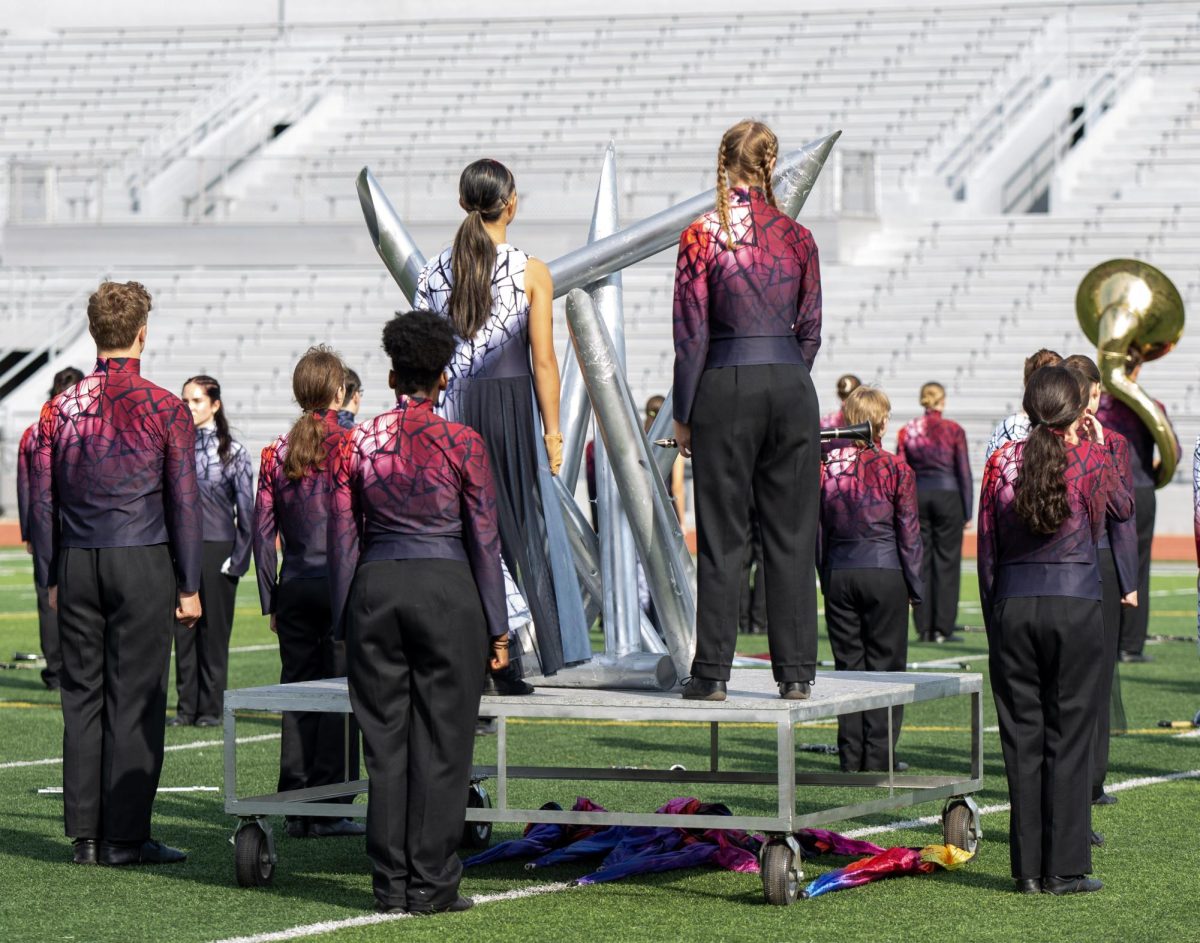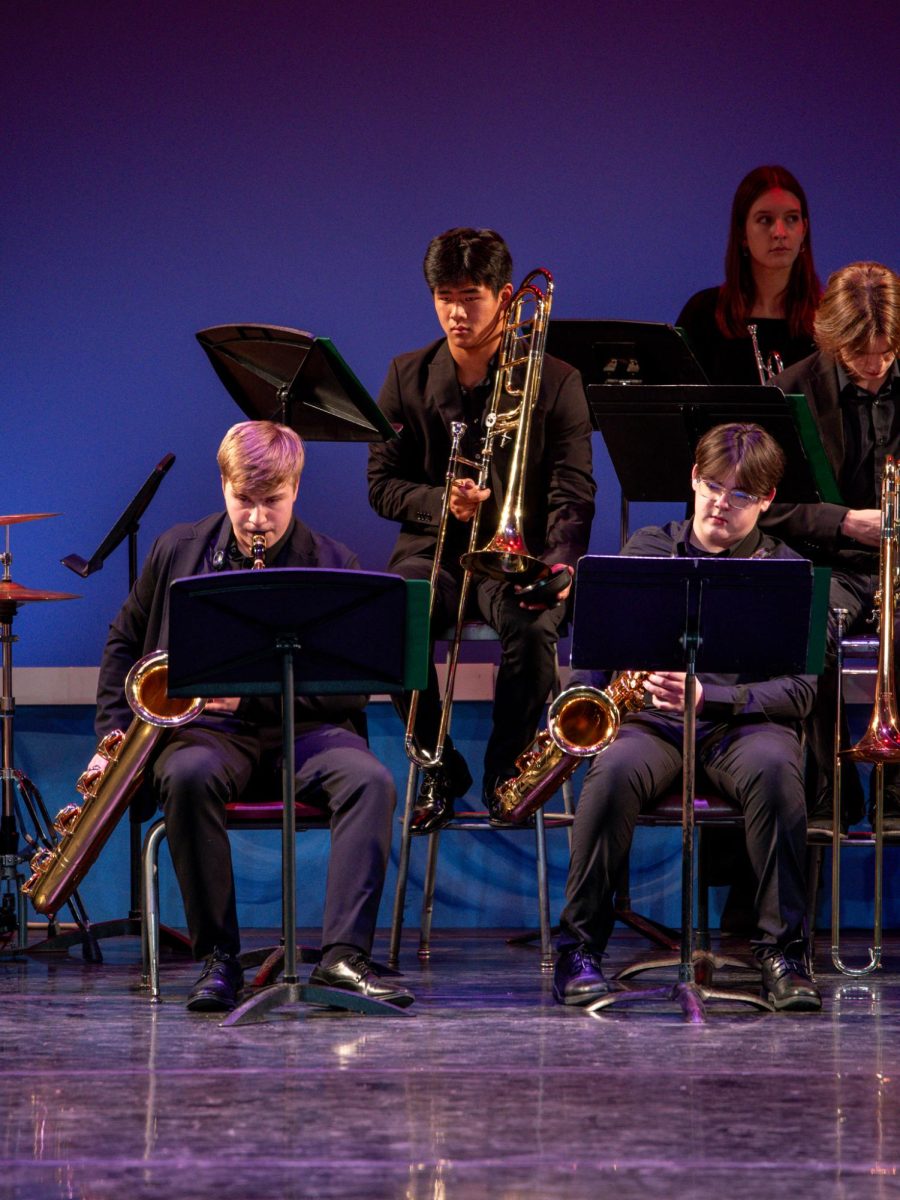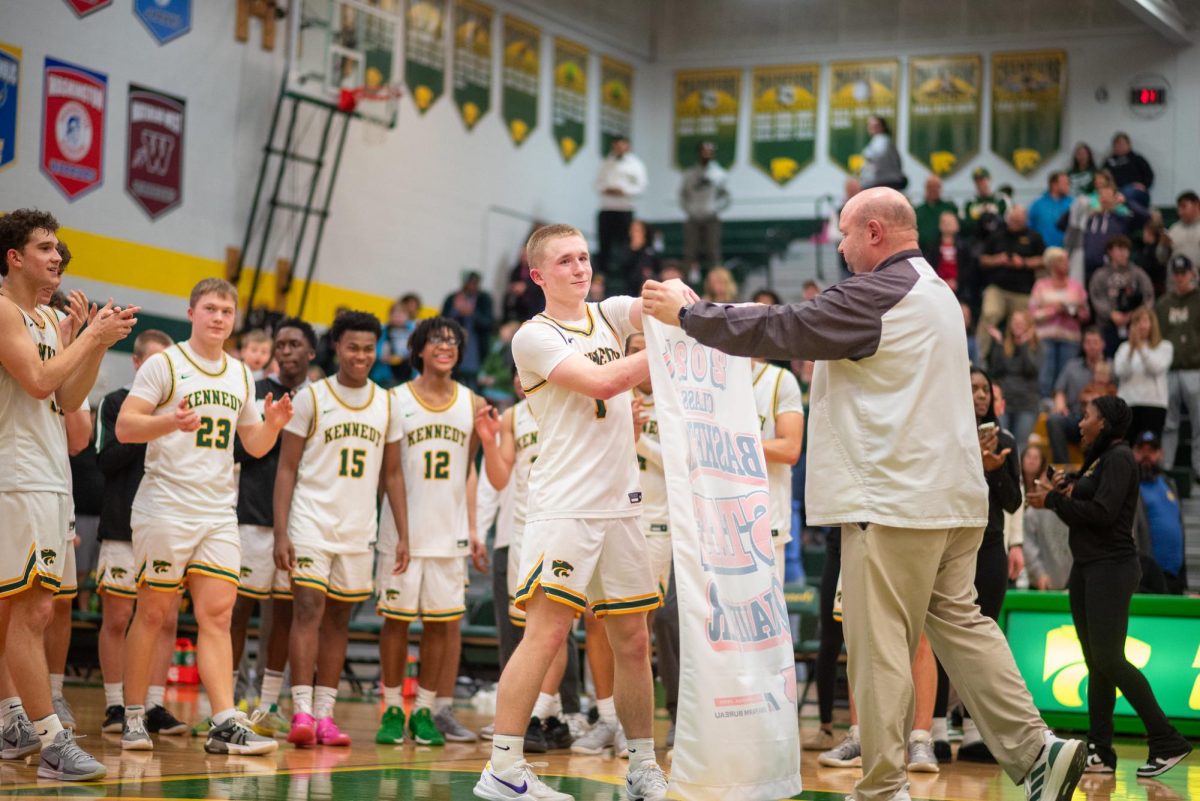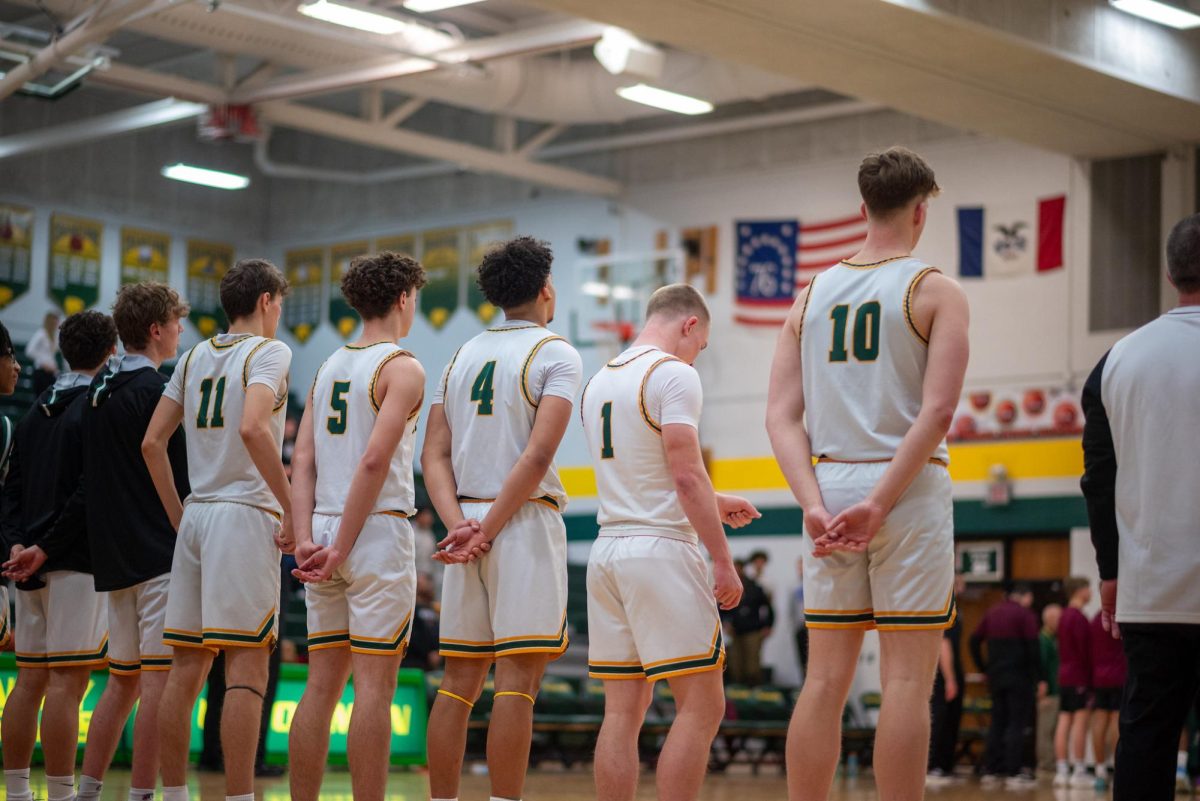On Tuesday, Nov. 7, Cedar Rapids citizens will have the ability to vote on a bond regarding the CRCSD (Cedar Rapids Community School District) future in infrastructure.
The bond, worth 220 million USD; will focus on facility improvements and infrastructure needs in regard to the proper education of students. It is essentially a request for voters to increase taxes for the purpose of improving school facilities. If approved, the bond will consist of two phases to accomplish projects throughout the school district.
“The bond would help to reimagine our school facilities, make improvements district-wide to address needed infrastructure upgrades and provide modern, safe learning environments for our students and staff,” CRCSD Superintendent Tawana Grover said.
The first phase will consist of a new middle school building at an entirely new site and renovations to Franklin Middle School, technical classroom additions and new turf at all high schools, renovations to Kennedy’s cafeteria and kitchen infrastructure and updates to the Metro High School gymnasium.
The second phase will require another bond vote in 2029 to address the remaining middle schools. This phase, which would not require an additional tax increase, will be reassessed closer to the implementation date assuming the bond is passed.
The bond’s approval will cause a tax increase to citizens in the Cedar Rapids area as well as the CRCSD property tax levy.
“If approved, the bond would increase the district’s tax levy rate by $2.70 per $1,000 of assessed taxable value,” Grover said. “The final taxable value of property is a percentage of its assessed value after credits. This is not the same as the current fair market value of a home that can be found on Zillow or Redfin.”
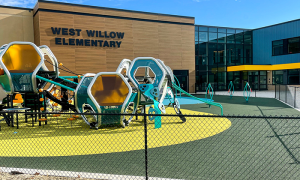
For residents in the area, the tax increase will be determined by the taxable value of their homes. The tax increase is not exclusive to families with students in CRCSD and will apply to all homeowners in the district.
“For a homeowner with an assessed taxable value of $200,000, the increase would be approximately $282 per year or $23.50 a month. That is less than a dollar a day,” Grover said.
The bond will focus on three projects for Kennedy High School; the renovation of Kennedy’s cafeteria and kitchen, the laying of a turf practice field, and Career and Technical Education (CTE) additions. CTE focuses on exploring career opportunities for high school students.
“CTE programs allow students to explore different career interests and develop employability skills to help better prepare them for college and career success,” Grover said. “The classes provide diverse learning opportunities, including classroom work, hands-on experiences, job shadows, internships, and certification work. The district’s goal is by June 2027, all students will graduate with AP, college credit and/or industry certifications.
Advancements in infrastructure in high schools will allow more CTE opportunities for all students.
“The district currently offers some CTE coursework in automotive, engineering, construction, manufacturing, business, computer science, and culinary arts. However, space is very limited in these classes, and students have to be turned away,” Grover said. “While we offer three sequential years of coursework in some of these areas, others only provide one or two courses, which does not allow students to dive deeper into those areas. We also want to be able to offer full career pathways that supplement what is offered off-site.”
If the bond passes, a turf practice field will be added at Kennedy and the other high schools in the district for additional room for athletic teams, marching bands, PE classes and other activities.
“Our fields flood very badly here when it rains and it’s very hard to maintain these fields that we use regularly for practices, especially in the early spring,” Kennedy Principal Jason Kline said. “Activities are constantly being canceled because it’s almost always flooded so having a turf practice field would be a really helpful thing for our athletes and our band program.”
Kennedy’s cafeteria and kitchen will also undergo significant renovations to serve the needs of the student body.
“Kennedy’s cafeteria is too small to serve the needs of the current student population. The cafeteria would be renovated and expanded to meet the school’s needs. The renovations would be similar to those done in the last few years at Washington and Jefferson High Schools,” Grover said.
The renovations to Kennedy’s cafeteria will combat the growing population size of the school.
“The one thing almost anyone who has been here can agree on is that Kennedy needs a new cafeteria,” Kline said. “The cafeteria was built in the 1960s for a different population size. Our remodel really requires more space rather than just a refresh. It can get really crowded.”
The district will not prioritize any schools above others despite infrastructure issues in many schools such as Taft and Harding.
“The district is working to address the needs of our secondary schools. No school is being prioritized over the other,” Grover said. “However, while planning the timeline for the projects that the bond would impact, we realized that some projects would need to be completed before the district can proceed with the other projects in phase two of the Facilities Master Plan (FMP). The current building conditions are also a critical factor in determining the order of the projects and which ones should go first.”
The bond’s funding will be restricted to the specific projects listed on the voter ballot.
“The district is legally required to only use the bond funds for the specific projects listed in the bond language on the ballot,” Grover said. “That means we cannot use it to make repairs to Harding and Taft Middle Schools. The funds to repair Harding and Taft Middle Schools will be allocated from other funding streams such as PPEL and SAVE.”
The implementation of the bond would also fund the construction of a new feeder middle school for Kennedy on the north side of town.
“This middle school would be in the Kennedy feeder system, meaning the middle schoolers at the school will go to high school at Kennedy. Ultimately, it would make improvements district-wide to our middle and high schools to help address needed infrastructure upgrades and provide modern, safe learning environments,” Grover said.
Not only are schools within CRCSD dissimilar, but also lagging on facility modernization and renovations compared to those outside the district, with little to no expansion being completed since their establishments.
“It’s been 23 years since we have voted for a bond, and our facilities are significantly behind in comparison to surrounding districts. In terms of maintenance and accessibility, the vast majority of the buildings in this district are over 50 years old and we need a refresh. A lot of important projects need to be done,” Kline said.
The bond will allow students across the district to explore different opportunities surrounding their future career plans and activities by providing funding to a variety of programs.
“The district needs to evolve to effectively meet the needs of our students so that they can be prepared for 21st-century careers,” Grover said. “The bond will help all students have equal opportunities in a variety of programs to help them build their plans and pathways for the future, no matter what they do after graduation.”


